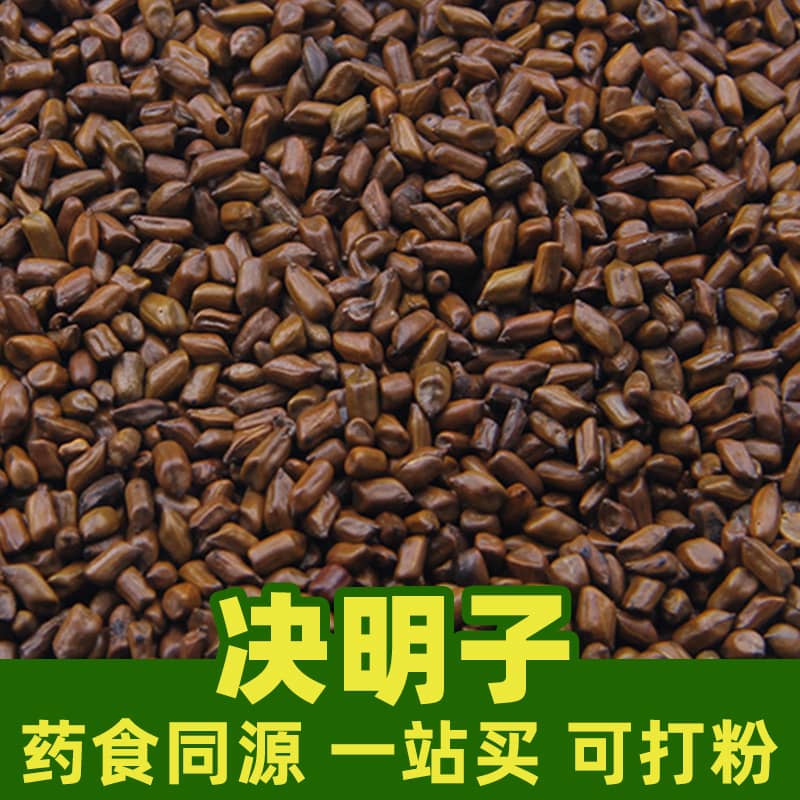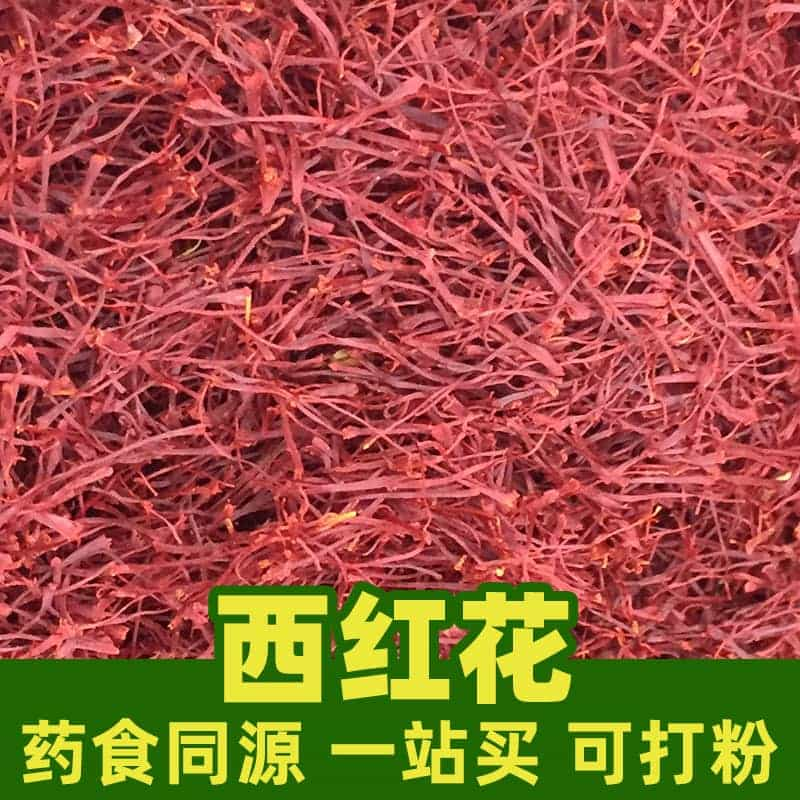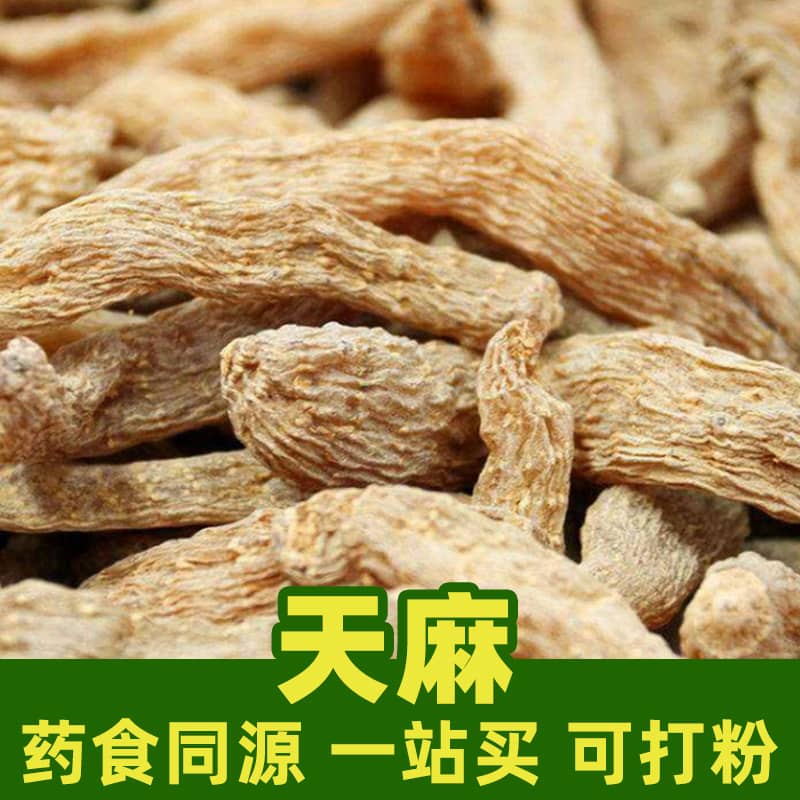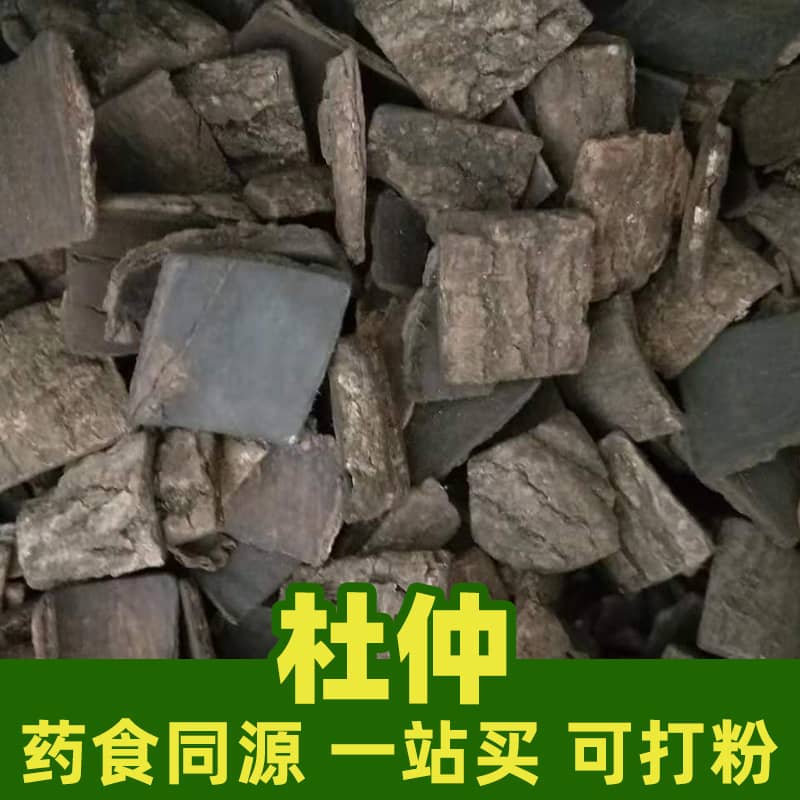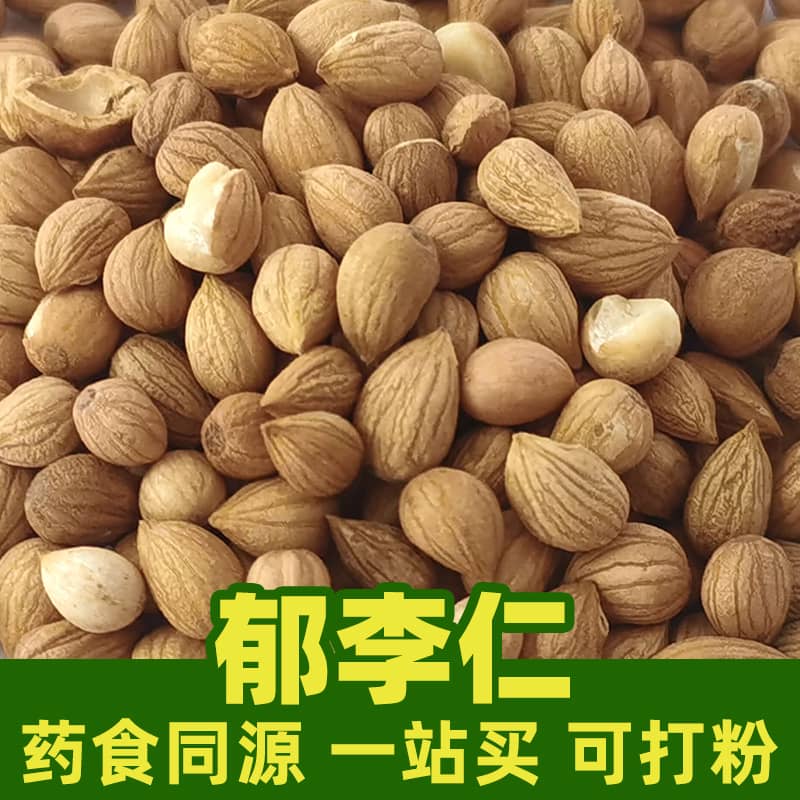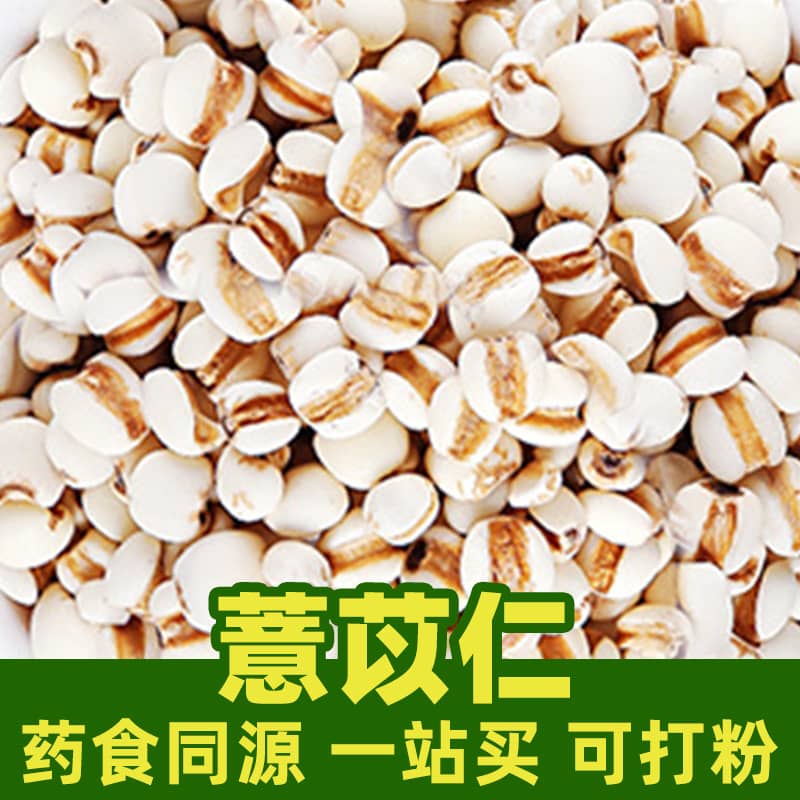山药片【GPT4基础版】
英文
Yam Slice Product Parameters
- Product Name: Yam Slices
- Alternate Names: Huai Shan Slices, Dioscorea Slices
- Physical Characteristics: Yam slices are flat, white to light yellow in color, firm, and brittle, breaking easily.
- Source: Derived primarily from the tubers of yam (*Dioscorea opposita Thunb.*), processed into slices.
- Key Components: Rich in starch, protein, fat, vitamins, and other nutrients.
- Flavor and Properties: Sweet and mild, neutral in nature. Associated with the spleen, lung, and kidney meridians.
- Applications: Commonly used in traditional Chinese medicine and dietary therapy for nourishing the spleen and stomach, replenishing qi and blood, and soothing the lungs to relieve coughs.
- Storage: Store in a cool, dry place, away from direct sunlight and moisture.
Yam Slice Product Introduction
Yam slices are products made from processed yam tubers. They are rich in nutrients, including starch, protein, fat, vitamins, and minerals. Rooted in traditional Chinese medicine (TCM) theory, yam has long been regarded as a common medicinal ingredient, believed to nourish the spleen and stomach, replenish qi, generate fluids, and soothe the lungs. It is often used to address symptoms such as spleen and stomach deficiencies or dry coughs due to lung dryness.
Yam slices are made by slicing yam tubers, making them convenient for consumption and storage. They are widely utilized in both medicinal preparations and dietary therapies.
Key Active Components of Yam Slices
- Starch: A primary component, serving as an essential energy source.
- Protein: Contains moderate protein levels that support bodily functions and tissue repair.
- Fat: Low in fat but provides necessary fatty nutrients.
- Vitamins: Rich in Vitamin C, B1, and B2, which support metabolism and immune function.
- Minerals: Abundant in potassium, calcium, iron, zinc, and other minerals vital for physiological functions.
- Mucoprotein: Helps protect the gastric mucosa and promotes intestinal peristalsis.
- Alkaloids: Contains alkaloids with anti-inflammatory and antibacterial properties.
- Polysaccharides: Boosts immunity and helps regulate blood sugar.
- Dietary Fiber: Promotes intestinal health and regular bowel movements.
As a processed traditional medicinal product, yam slices are valued for their ability to nourish the spleen and stomach, enhance qi, and support lung health. They are commonly used to treat symptoms like spleen deficiency, fatigue, and dry cough. Additionally, they serve as a nutritious food ingredient.
Application Scenarios and Usage Guidelines for Yam Slices
Yam slices are versatile, serving as both a medicinal ingredient and a food product. They are used for:
In Traditional Medicine:
- Replenishing Qi and Fluids: Helps with dry mouth, dual deficiency of qi and fluids, and dry coughs.
- Nourishing the Spleen and Stomach: Improves appetite and digestion, aiding conditions like spleen deficiency and indigestion.
- Enhancing Qi and Blood: Provides nutritional support for individuals with qi and blood deficiencies, pale complexion, or fatigue.
In Food Applications:
- As a Main Ingredient: Used in dishes like stir-fried yam slices or yam soup for added flavor and nutrition.
- Wellness Soups: Cooked into broths such as yam and pork stomach soup or yam and silver fungus soup for their health benefits.
- Snacks: Processed into yam chips or biscuits as a nutritious snack.
- Usage Recommendations:
- In TCM: 10–15g per dose, 2–3 times daily.
- In food: Adjust quantity based on recipe requirements, generally moderate amounts.
Yam slices are a staple in TCM and culinary traditions, offering a blend of nutritional value and therapeutic benefits for a wide range of consumers.
Source Plant, Distribution, and Growth Environment of Yam
Yam slices originate from *Dioscorea opposita*, a perennial vine known for its medicinal and nutritional value.
1. Plant Characteristics:
- Commonly known as Huai Shan or Dioscorea, it belongs to the Dioscoreaceae family.
- Thrives in moist environments like forest edges, grasslands, and streamsides. The plant has fleshy, twisted roots and large, elliptical to oblong tubers with a yellow-brown, net-like outer skin.
2. Geographical Distribution:
- Primarily grown in southern China, including Jiangsu, Anhui, Zhejiang, Fujian, Jiangxi, Hunan, Hubei, Guangdong, Guangxi, Sichuan, and Yunnan.
- Found in mountainous regions, hills, and valleys at altitudes of 200–1,500 meters.
3. Growth Conditions:
- Prefers fertile, well-drained soils rich in organic matter, with a slightly acidic to neutral pH.
- Requires a warm, humid environment with sufficient sunlight and water.
- Grows from April to October, with a growing period of 6–12 months.
Yam is an economically and medicinally valuable crop, processed into yam slices for its health benefits and nutritional value.
Harvesting, Processing, and Storage of Yam Slices
1. Harvesting:
- Harvested in late autumn to early winter when the aerial parts have withered, and tubers reach optimal water content.
- Careful digging prevents damage to the tubers.
2. Processing:
- Cleaned to remove dirt and impurities, then peeled and sliced.
- Dried using sun-drying, baking, or low-temperature methods until hard and brittle.
3. Storage:
- Store in a cool, dry, well-ventilated area, away from direct sunlight and moisture.
- Use paper bags or sealed containers with good airflow to prevent mold and odors.
4. Preservation Tips:
- Avoid contact with strong-smelling substances.
- Use desiccants or vacuum packaging for extended shelf life.
Proper handling ensures the quality and potency of yam slices, making them reliable for medicinal and culinary uses.
Monica Sun is a seasoned expert in the natural raw materials industry, with over a decade of experience specializing in traditional Chinese medicinal herbs, spices, and fungi. She is skilled in the sourcing, processing, and application of these materials, emphasizing sustainability and innovation. Monica Sun has contributed to the development of high-quality natural raw materials that serve as essential components in functional foods, pharmaceuticals, and cosmetics, delivering tailored solutions to meet diverse market needs.









